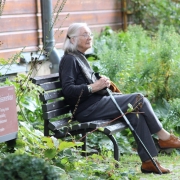Rationing by frailty
In January of this year the journal Age and Ageing published a commentary piece with the title Rationing by frailty during the COVID-19 pandemic. It discusses the guidance published by NICE in March 2020 on assessing older patients for their suitability for admission to critical care (i.e. artificial organ support). Read more










